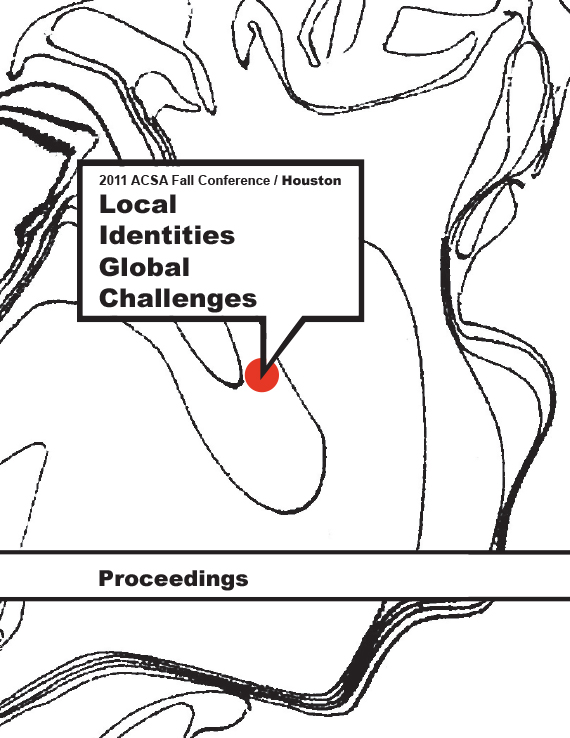Author(s): Elizabeth Emerson
The essence of democracy lies in displacing conflict and difference from the realm of violence to a more peaceable, deliberative realm. Richard Sennett, The Spaces of Democracy Washington DC is a city of great public spaces but these great spaces, meant to concretize the ideal of democratic governance, may also be seen as spaces of dysfunction, inhibiting the very processes the seek to promote. Richard Sennett, in his essay, The Spaces of Democracy, links space and democracy through process. Sennett’s conception of democracy’s physical form is necessarily urban, a form which draws into itself the disparate social groups which, left in isolation, react with violence when confronted with the presence of ‘the other.’ This form builds two essential skill sets which make it possible for democracy to function: first, an adroit psychological flexibility which allows for confrontation without the threat of violence and second, the ability to focus deeply for prolonged periods of time on the words of another so as to achieve deep, nuanced understanding. Sennett terms the social interaction produced by these forms as a type of ‘decentralized democracy,’ i.e., the spatial precondition for a functional daily democracy. But Washington’s urban form is subject to blockages which prevent this process from taking shape. The natural boundaries of the Potomac and Anacostia rivers and Rock Creek Park are seams between competing territories which create back-drops and back-doors, often neglected or under-utilized. The ‘Monumental Core’ is a topographic basin which reinforces the city’s traditional divide between enclaves of wealthy communities and their poorer neighbors nestled in often opposing high grounds. Additionally, there is the myriad of governmental jurisdictions which lay claim to the administration of the urban form. The interaction between so many entities is fraught with the potential for lack of dialogue between scales. In April 1968, the city of Washington erupted in violence. Long marginalized, several traditionally African-American neighborhoods simmered over in frustration over the racial and economic inequity of a city whose stratified social and physical power structures excluded them from sharing equally in the city’s resources. This is precisely the type of violent eruption that Sennett describes as the inevitable outcome of an urban fabric which isolates the city’s constituents into enclaves that rarely occupy a shared physical territory. Over forty years later, several of these neighborhoods are nearly unrecognizable. Vast stretches of property which lay dormant in the aftermath of the riots have been developed into new housing and commercial space. But do these new urban spaces constitute ‘decentralized democracy?’ As the nation’s capitol, Washington is uniquely a place where global or national events have local significance. L’Enfant’s vision for the national capital preferences the iconographic function of the capital city over its daily function. The realization of the city, to date, has failed to stitch together these two ‘scales’ – national symbol with the functional spaces of daily ‘decentralized democracy.’
Volume Editors
Ikhlas Sabouni & Jorge Vanegas

 Study Architecture
Study Architecture  ProPEL
ProPEL 
